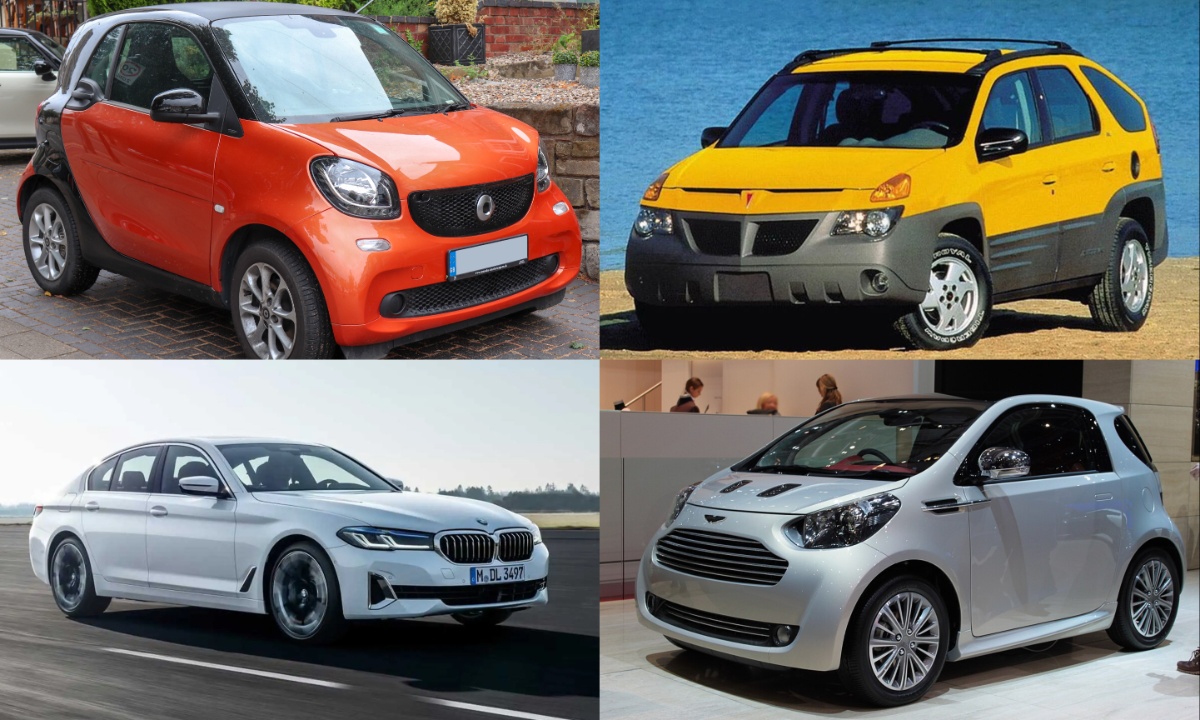Throughout automotive history, manufacturers have introduced vehicles that were met with bewilderment and skepticism. Some of these cars were redundant, while others were outright bizarre, failing to justify their existence.
What makes it even more puzzling is that some of these missteps came from brands that otherwise had a strong reputation for quality and innovation. Here, we take a look at the top ten cars that should have never existed, whether due to poor design, lack of demand, or misguided marketing strategies.
10. BMW 5 Series Gran Turismo – A Design No One Wanted
BMW is well known for producing high-quality performance sedans, but the 5 Series Gran Turismo was a misstep. Straddling the line between a crossover and a hatchback, it ended up appealing to neither demographic. With an awkward design that confused consumers, the 5 Series GT was an answer to a question no one had asked.
Despite its lukewarm reception, BMW continued developing its next-generation model, leaving many to wonder why a simple station wagon wouldn’t have sufficed. BMW’s insistence on keeping this model alive is baffling, given the lukewarm sales figures and consumer disinterest. The vehicle never truly fit into any category, making it one of the more unnecessary offerings from the brand.
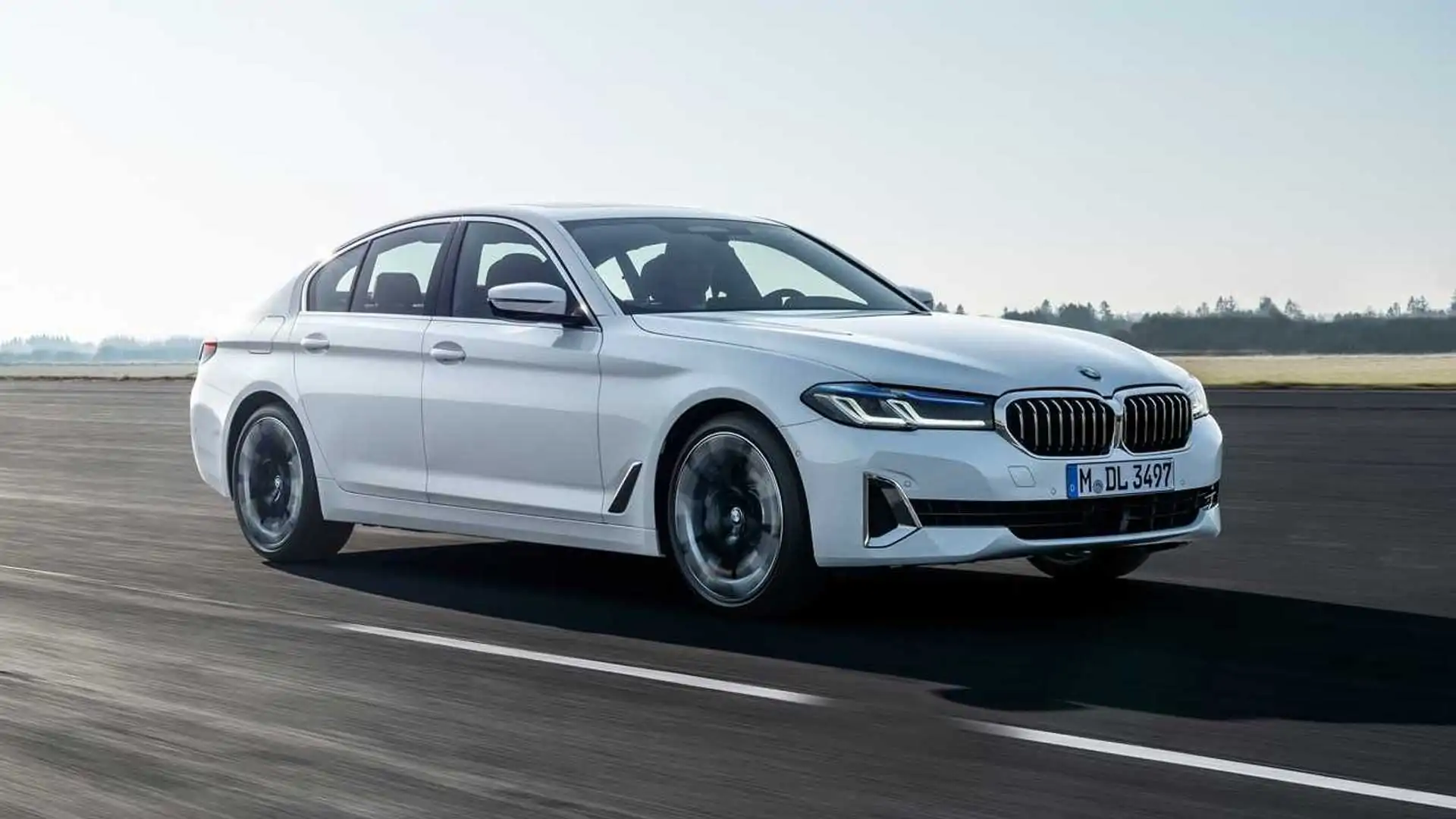
9. Saturn Ion – A Performance Car From the Wrong Brand
Saturn, a now-defunct brand, was never known for high-performance vehicles, which is what made the Ion Red Line Edition so strange. While it shared a powertrain with the Chevrolet Cobalt SS Supercharged Edition, the idea of a Saturn performance car never truly caught on.
It sold well enough between 2003 and 2006, but its uninspired design and awkward positioning in the market made it an oddity rather than a triumph. The Ion’s interior was also heavily criticized for its cheap materials and uninspired layout. Additionally, the brand’s closure meant that even those who owned and liked the vehicle found themselves with little manufacturer support.
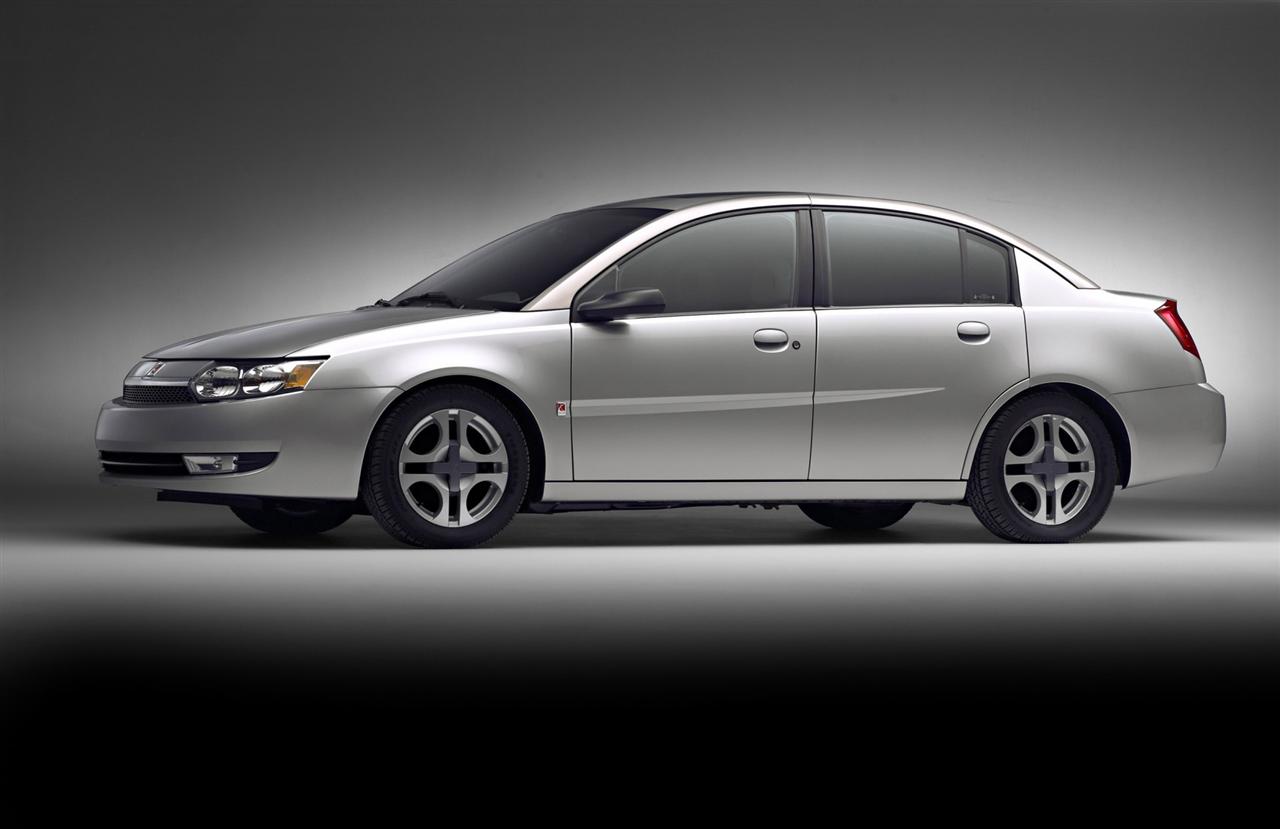
8. Coda EV – A Misguided Attempt at an Electric Car
Electric vehicles have grown significantly in popularity, but not every attempt has been a success. The Coda EV, for instance, was doomed from the start. Built on an outdated Chinese car platform from 2004, it lacked any appeal or innovation. With only 117 units sold before the company filed for bankruptcy, the Coda EV proved that a half-hearted attempt at an electric car wouldn’t cut it in a competitive market.
What made things worse was its high price tag, which didn’t match the outdated design and lackluster performance. As Tesla and other EV manufacturers surged ahead, Coda proved that a poor execution of an idea can doom a company entirely.
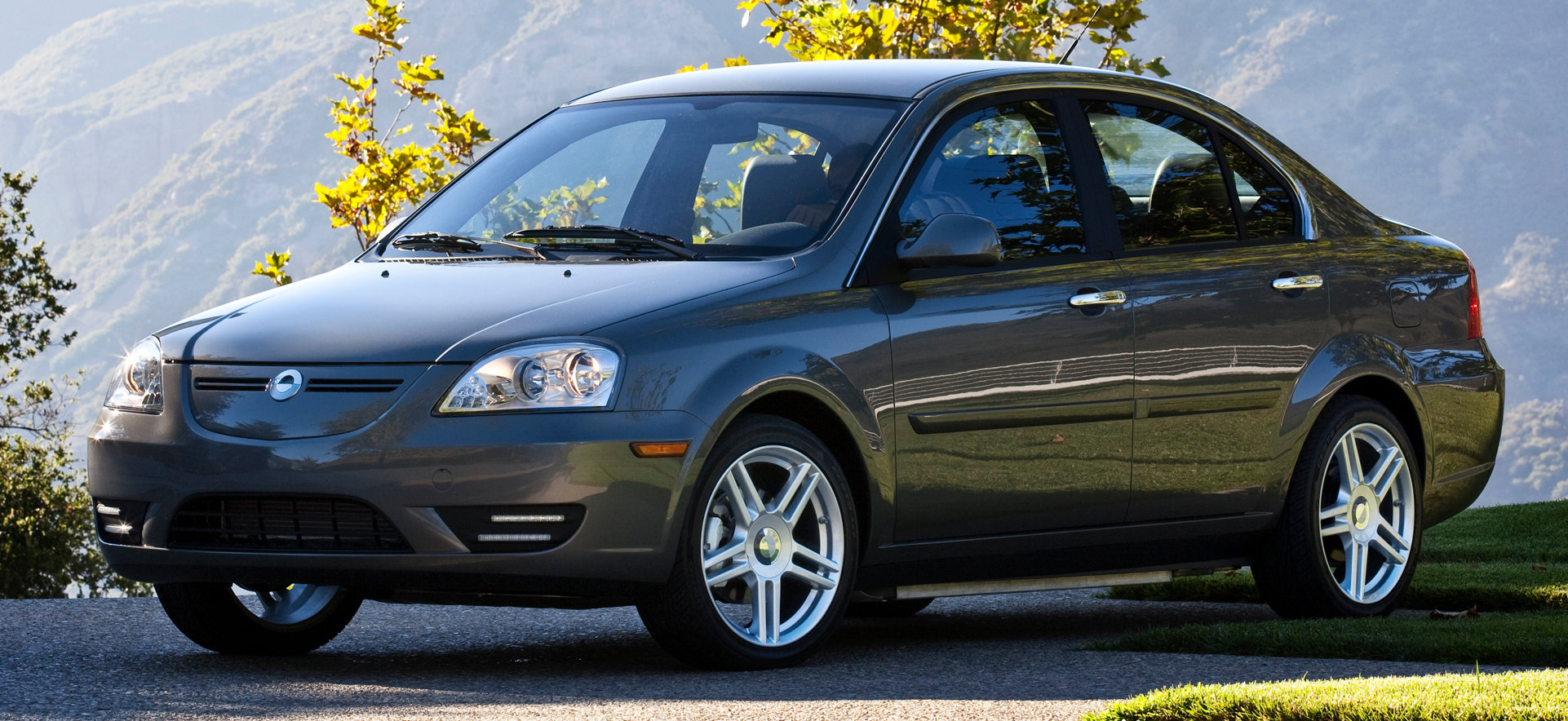
7. Aston Martin Cygnet – A Luxury Brand’s Identity Crisis
Luxury brands have sometimes made strange decisions to meet regulations, and Aston Martin’s Cygnet is a prime example. Essentially a rebadged Scion iQ with minor luxury additions, the Cygnet was an attempt to lower Aston Martin’s fleet emissions.
However, the move felt like a betrayal of the brand’s heritage, and consumers rejected it. The car’s rarity today is more a sign of its failure than its desirability. While the intent was to offer an urban-friendly Aston Martin, the execution fell flat. Buyers of the brand were more interested in grand tourers, not rebadged economy cars.
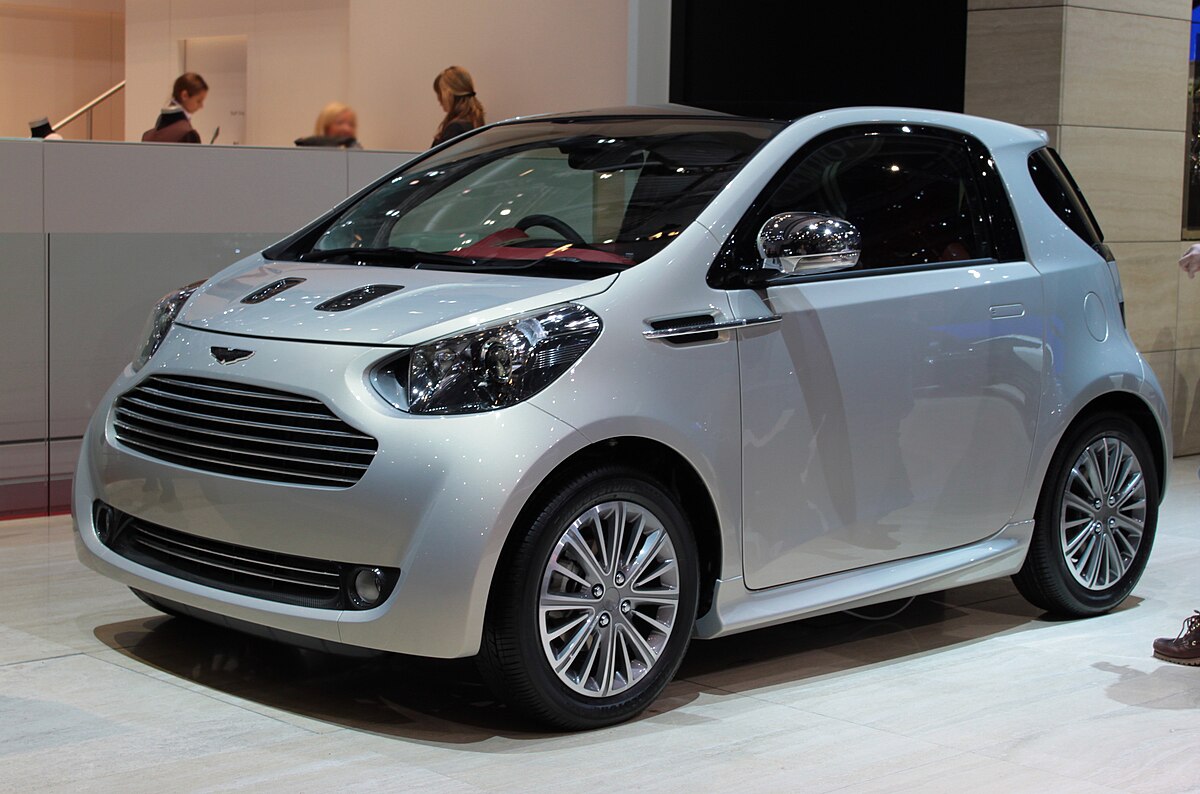
6. Smart ForTwo – A Tiny Car With Limited Appeal
Designed for city driving, the Smart ForTwo was an oddity in Daimler’s lineup. Its appeal was extremely limited, and in the U.S., it never gained significant traction. While it initially sold well in 2008, word quickly spread about its impracticality, poor driving experience, and relatively high cost.
Sales plummeted soon after, proving that sometimes, being unique isn’t enough to ensure success. While the concept of microcars works in crowded European cities, American consumers found the lack of power, cargo space, and stability to be major downsides. Additionally, other compact cars offered better features at a lower cost.
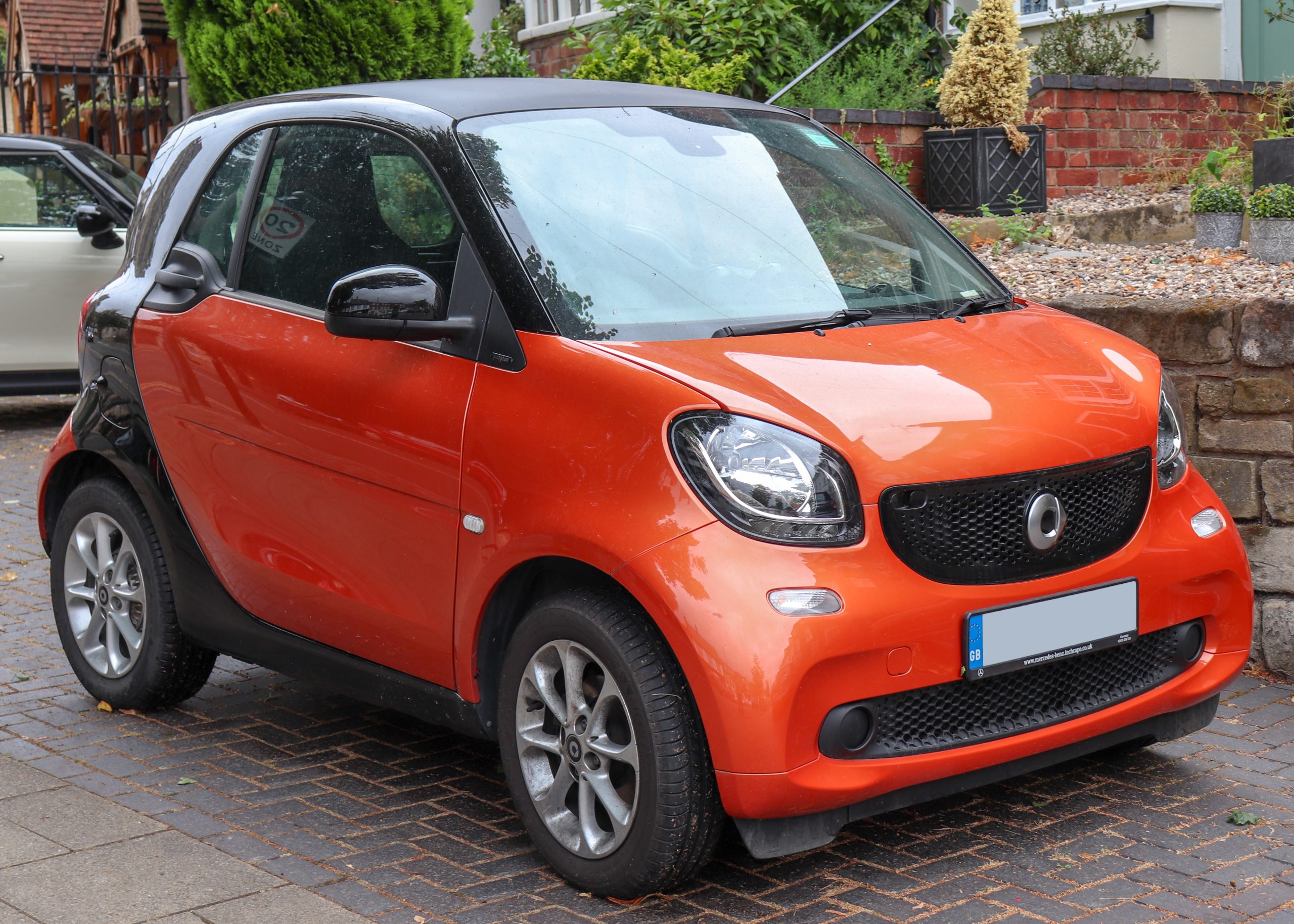
Also Read: 10 Best Cars Under $30,000 That Offer Great Value in 2025
5. Plymouth Prowler – A Retro-Styled Misfire
The Plymouth Prowler attempted to tap into nostalgia with its retro-inspired design, but its execution left much to be desired. Despite being eye-catching, it failed as a performance car, offering underwhelming driving dynamics.
It lacked the power and handling enthusiasts expected, making it little more than a flashy novelty. Though it influenced other retro cars, its impact was more aesthetic than practical. The Prowler’s lack of a manual transmission also disappointed many potential buyers who expected a hot rod-inspired vehicle. Instead, it ended up as a collector’s oddity rather than a true sports car.
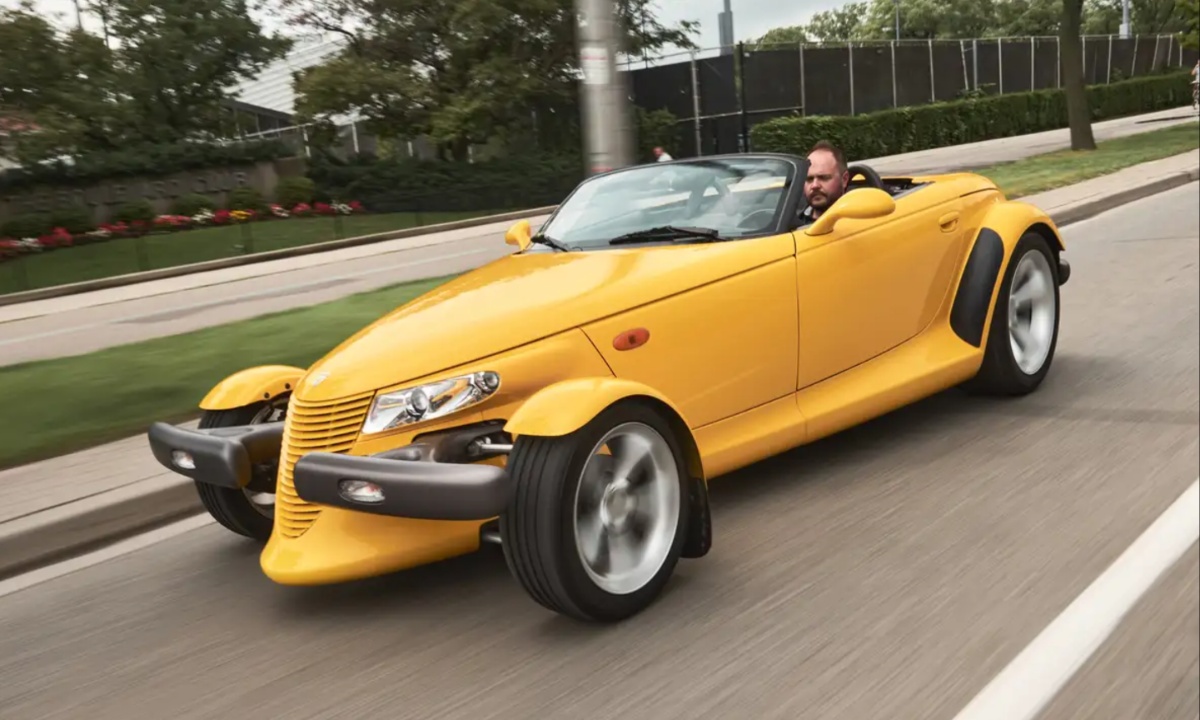
4. Pontiac Aztek – Aesthetic Failure Turned Cult Classic
The Pontiac Aztek is often cited as one of the ugliest cars ever made. Despite its unconventional looks, it sold nearly 120,000 units between 2000 and 2007. However, its commercial failure overshadowed its functionality.
Though it gained some fame through pop culture, particularly in Breaking Bad, it remains a cautionary tale in automotive design. The Aztek’s awkward proportions and strange body cladding made it an eyesore on the road. While it did offer practicality and versatility, its styling doomed it to failure, overshadowing any positives it might have had.
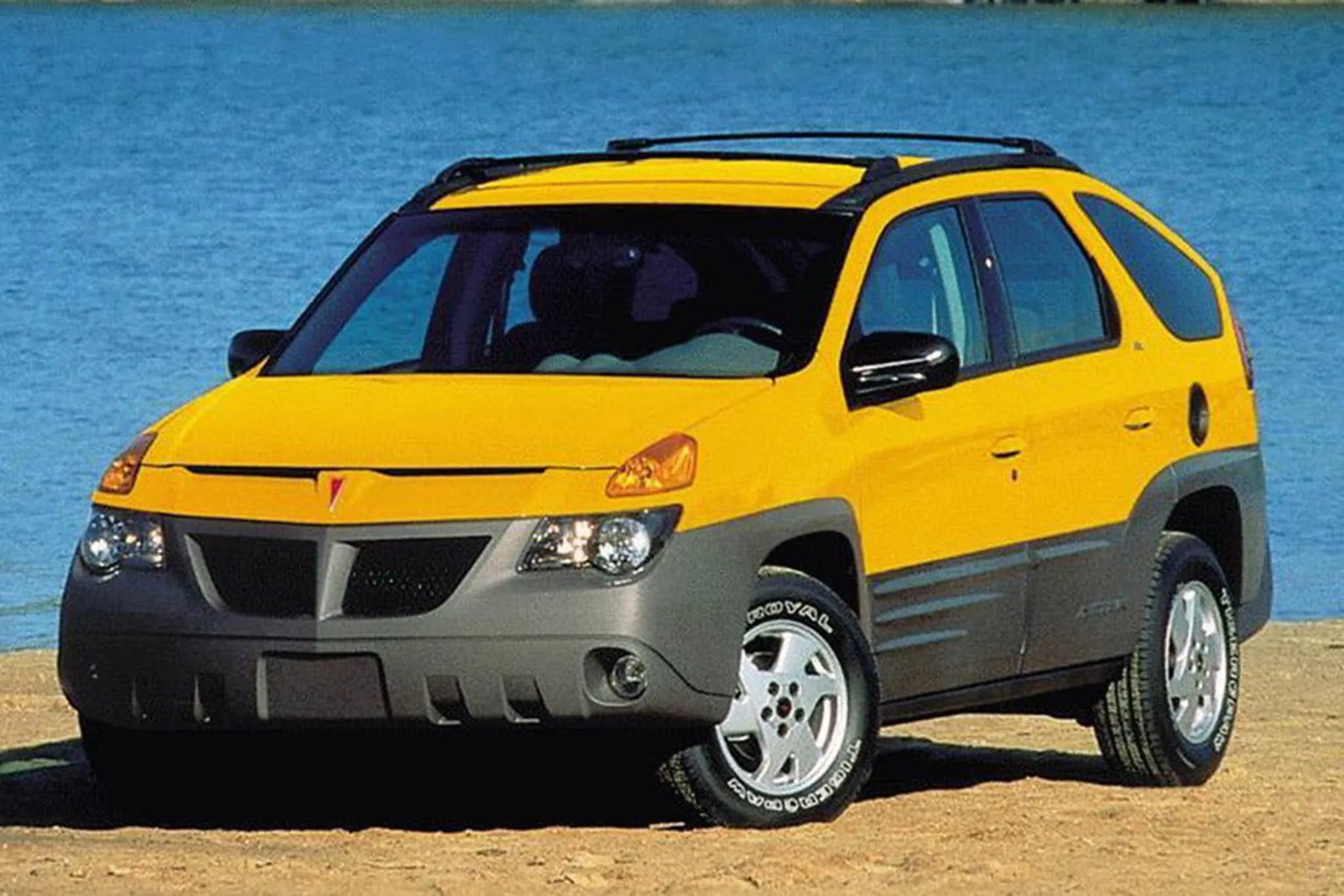
3. Chrysler PT Cruiser Convertible – A Bizarre Addition
The Chrysler PT Cruiser had its fans, but the convertible variant left many scratching their heads. Featuring an awkward integrated “sport bar” for rollover protection, it looked more like an afterthought than a well-planned design.
Its production ended in 2007 after failing to attract significant interest. Even Top Gear named it the worst car of the last 20 years in 2013. The PT Cruiser’s convertible version added weight, reduced practicality, and worsened the car’s already questionable looks. It was one of those cars that tried to do too much and ultimately failed.
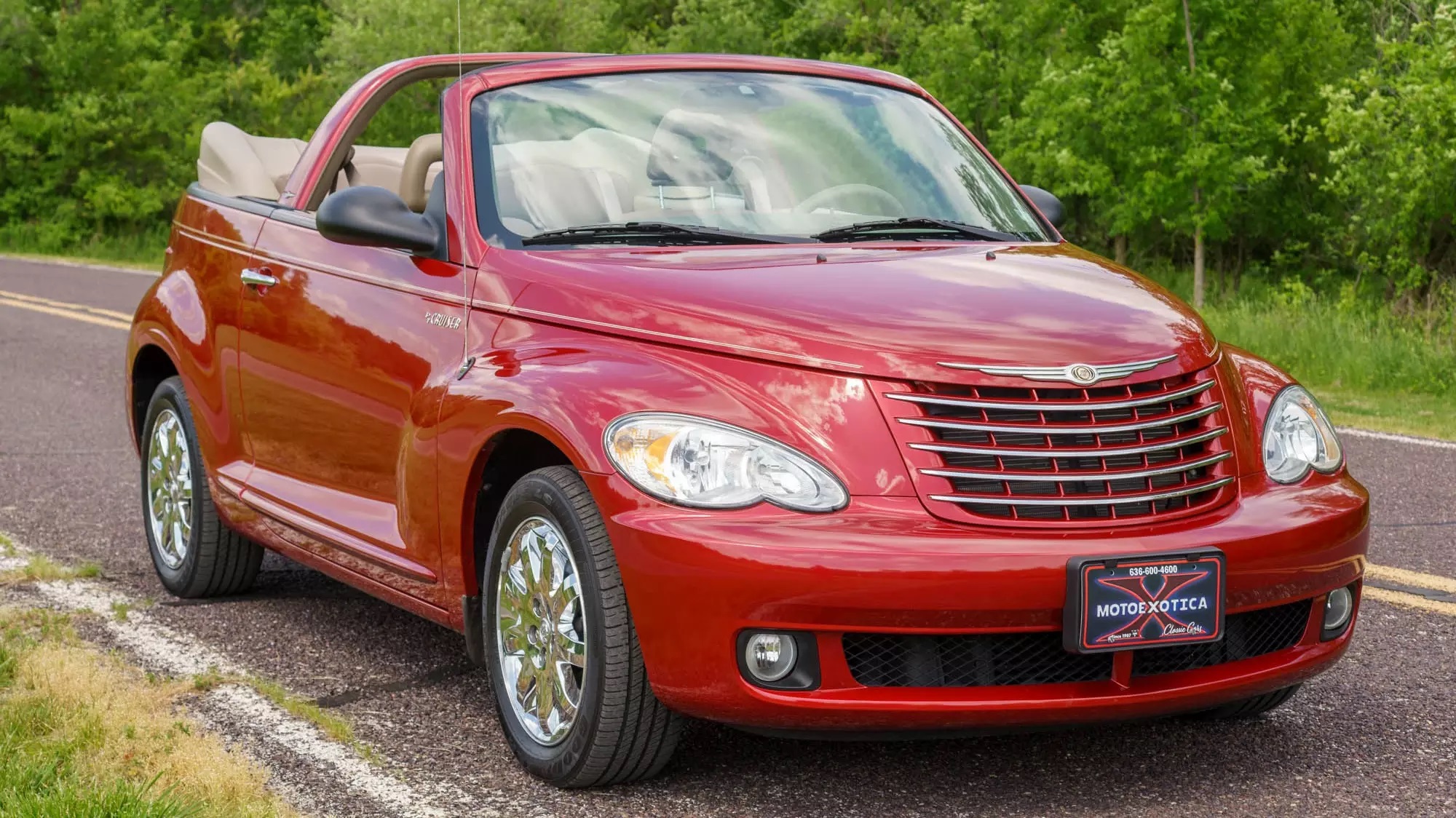
2. Lotus Concepts – False Hopes and Broken Promises
Lotus is known for producing lightweight, agile sports cars, and at the 2010 Paris Motor Show, the brand showcased five stunning concepts that promised a bold future. However, these concepts never materialized.
Following allegations of financial mismanagement, CEO Dany Bahar was dismissed, and the company was taken over by Proton Holdings. These beautiful concepts never saw the light of day, leaving fans with nothing but unfulfilled dreams. While Lotus has since refocused on lightweight performance cars, the letdown of these ambitious projects still lingers in the minds of enthusiasts.
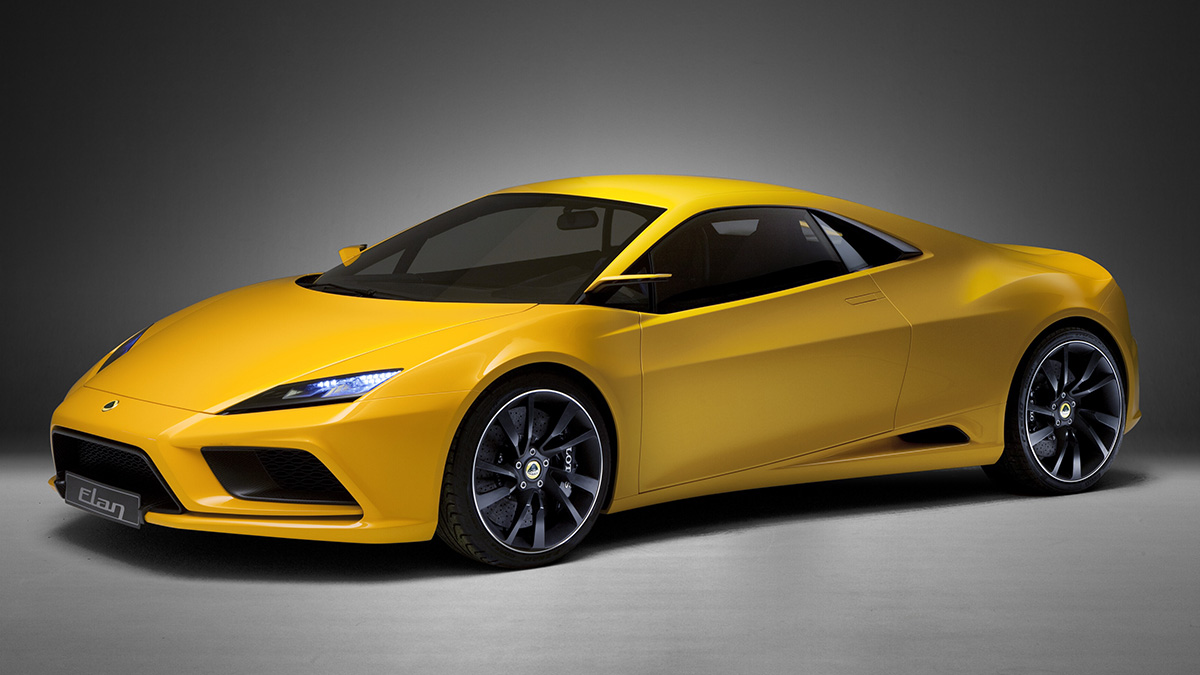
1. Nissan Murano CrossCabriolet – A Convertible Nobody Wanted
Among the strangest automotive decisions ever made, the Nissan Murano CrossCabriolet stands out. A convertible SUV with an awkward design, it was introduced in 2011 and lasted only until 2014. Despite Nissan’s hopes, the car never found an audience.
Its high cost, impracticality, and lack of appeal made it a failure from the start. While Range Rover has since attempted a similar concept with the Evoque Convertible, the market’s lukewarm reception suggests that convertible SUVs might not be a good idea after all.
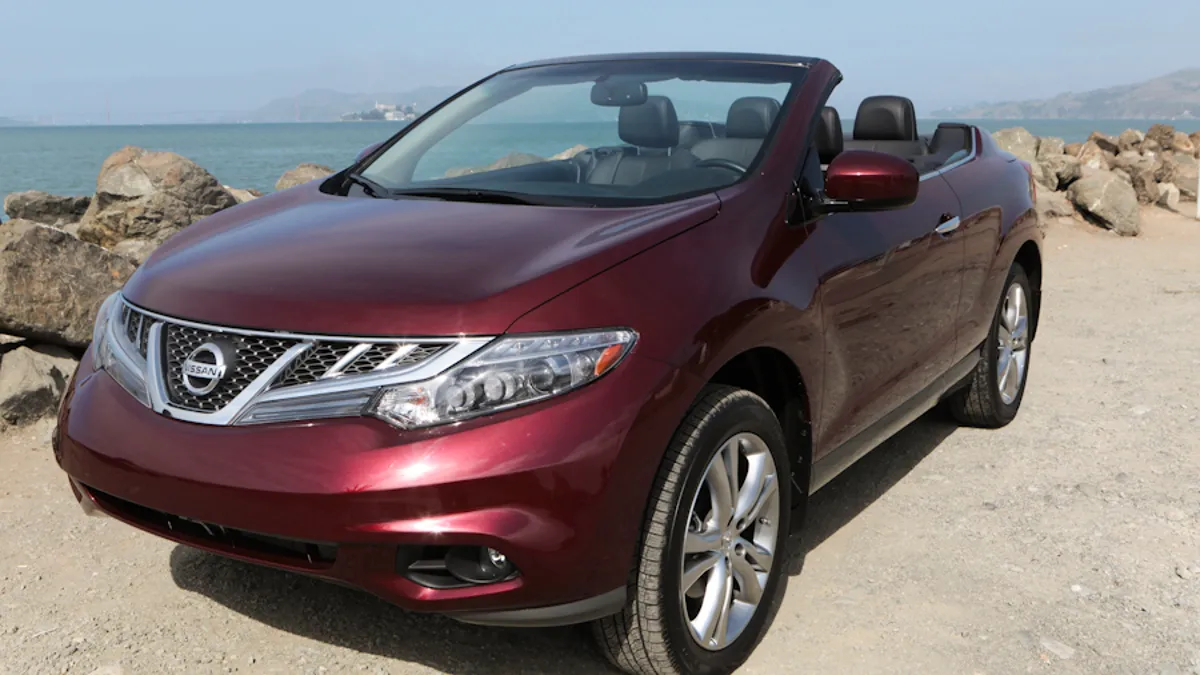
The automotive industry is filled with risks, and not every gamble pays off. The cars on this list serve as reminders that not every innovation is a good one, and sometimes, manufacturers misjudge what consumers actually want.
Whether due to poor design, misguided branding, or lack of demand, these vehicles have earned their place as some of the most unnecessary cars ever made. While automakers continue to push the boundaries of design and technology, the key takeaway is clear: just because something can be made doesn’t always mean it should be.
Also Read: 10 Best Sleeper Cars That Hide Insane Power Under Unassuming Exteriors

